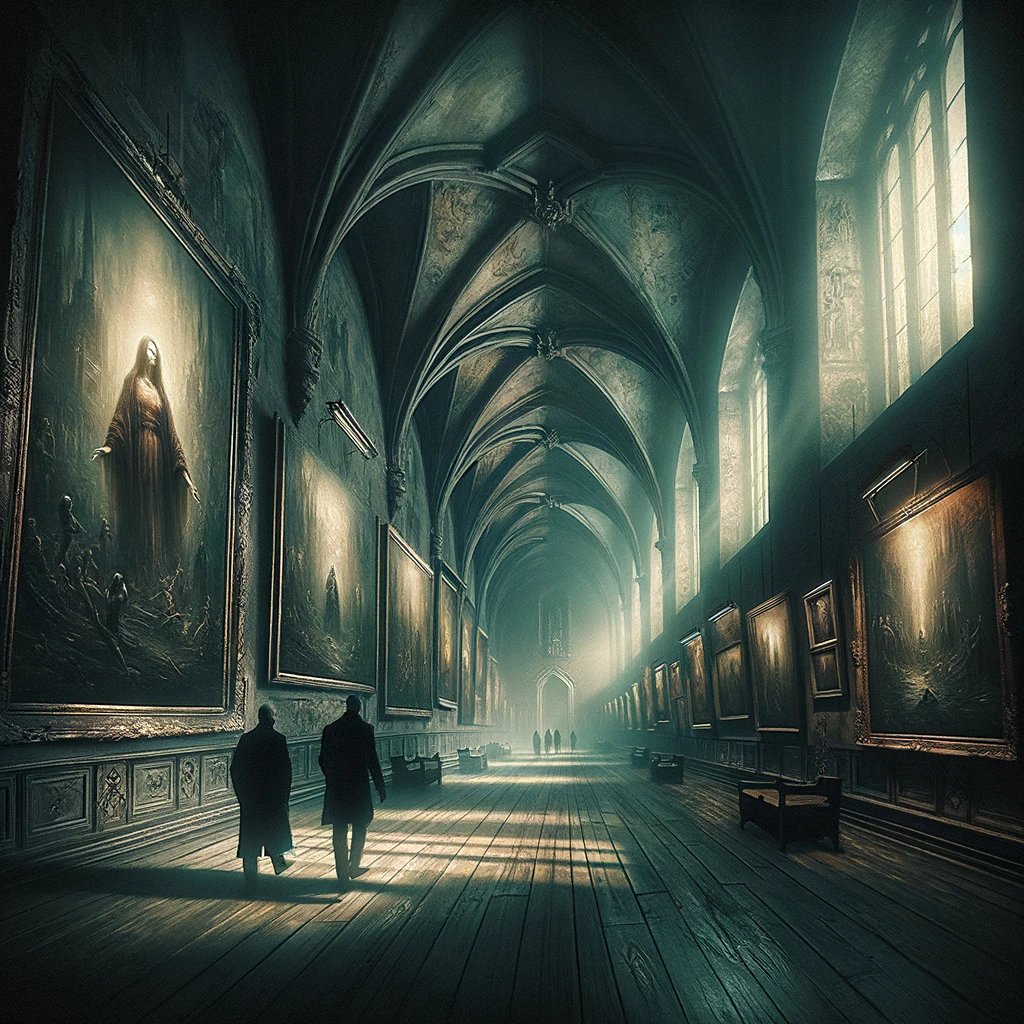In crafting Chapter Six of The Earl’s Daughter (Book 2 in Rise of the Dark Ones), set within the illustrious halls of the Louvre, I faced pivotal decisions about which famous paintings to feature. In this chapter, our main character, Michael D’Angelo, meets the curator, Pascal. As they walk past renowned artworks, Michael interviews Pascal about the mysterious disappearance of Emma.
Each painting was selected for its ability to weave deeper layers of meaning, mystery, and magic into my story. So, which paintings were selected and why? (Be aware, this may contain spoilers).
Botticelli’s ‘Venus and Mars’

Sexuality, an important theme in any compelling vampire story, is vividly captured in 'Venus and Mars'. This painting not only encapsulates the inherent sexual tension but also reflects the intricate balance of power between human and vampire realms within my story. Mars, ensnared in sleep's embrace, might appear overpowered by the mythological mischief of the surrounding satyrs. Could Mars's vulnerability mirror Nathaniel Chartley's own against the enchanting sway of the Gypsy woman?
Da Vinci’s ‘John the Baptist’

This dark painting resonates with the infusion of Christian mythology into the entire trilogy, particularly significant given Michael D’Angelo’s background as a priest. John's enigmatic smile and his finger pointing towards the heavens symbolically underscore themes of redemption and transformation so prevalent in vampire lore. It felt like a natural choice to reflect the mystical and the divine aspects my story explores.
Veronese’s ‘Wedding at Cana’

This one's my favourite. For Veronese's 'Wedding at Cana', I was particularly drawn to the eerie aspect of Jesus being the only character looking directly at the viewer. This painting, illustrating the biblical miracle of water turned into wine, serves not only as a metaphor for transformation but also eerily mirrors the unsettling transformative nature of vampire powers. Jesus's direct gaze amidst a scene of opulence and divine intervention adds an intense, unnerving layer to the atmosphere, enhancing the sense of grandeur and the supernatural that bridges Christian and vampire mythology.
Raphael’s ‘St Michael Vanquishing Satan’

Lastly, Raphael's 'St Michael Vanquishing Satan' powerfully embodies the eternal battle between good and evil...
Want to learn more? Join our membership to unlock the full article, along with many other chronicles that await your discovery.



Comments ()